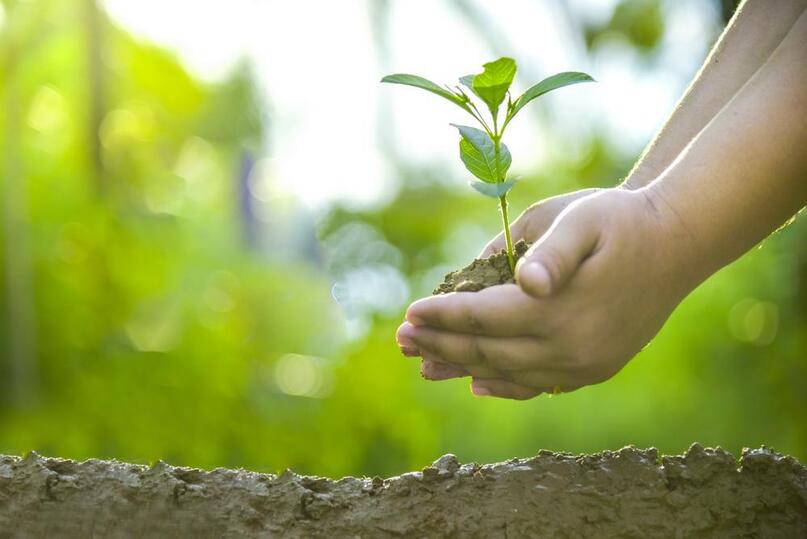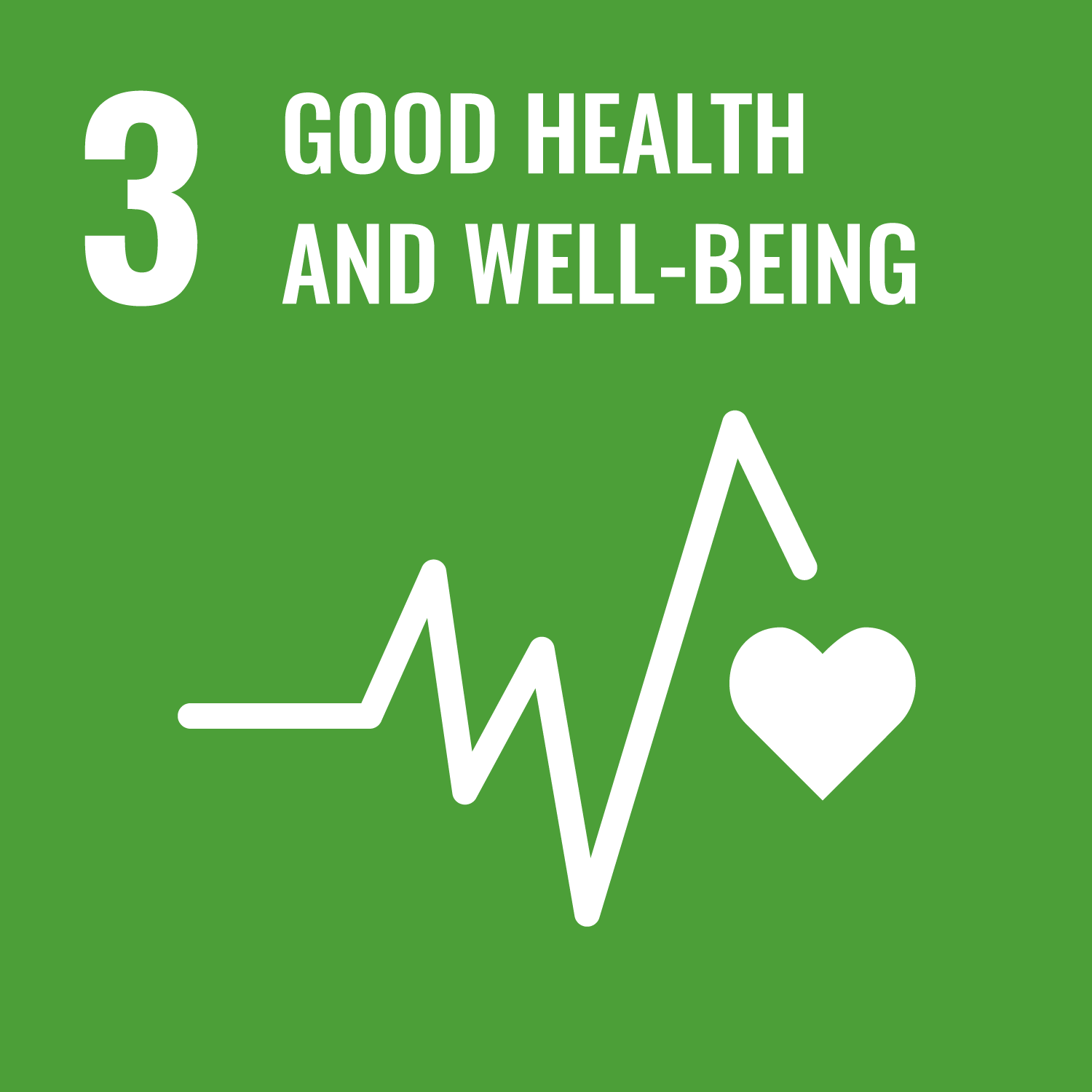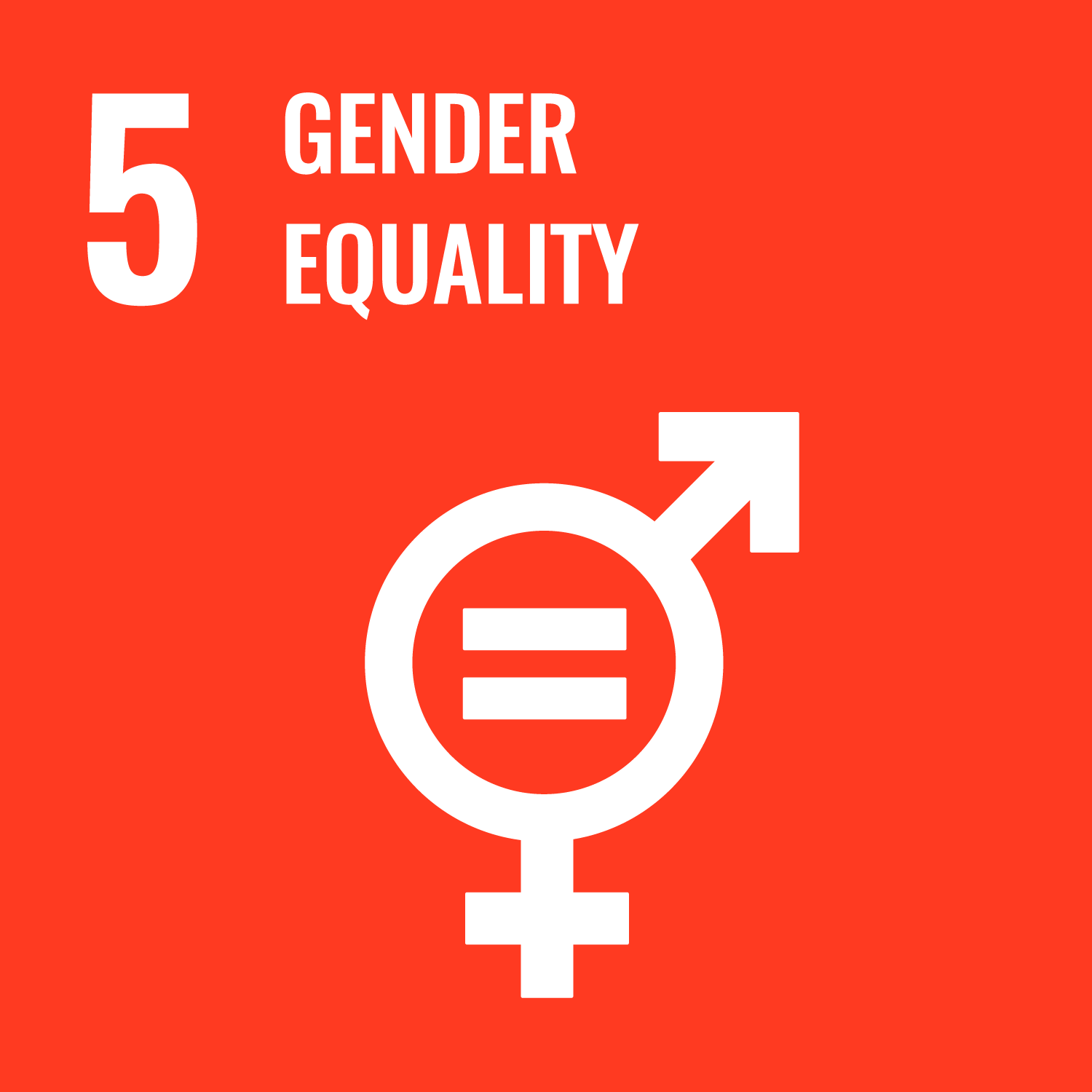ITTO highlights commitment to “Generation Restoration” on World Environment Day
5 June 2024

World Environment Day 2024 focuses on land restoration, halting desertification and building drought resilience. Photo: Cinemanikor/Pond5
Yokohama, Japan, 5 June 2024: ITTO proudly joins the global community in celebrating World Environment Day, recognizing that this year’s theme, “Our Land. Our Future. We are #GenerationRestoration”, both underscores the crucial need to restore land for a sustainable future and aligns perfectly with ITTO’s mission and ongoing work.
Speaking on World Environment Day, which is focusing on land restoration, halting desertification and building drought resilience, ITTO Executive Director Sheam Satkuru stressed that forest landscape restoration must be economically sustainable and socially inclusive if it is to contribute significantly to the Sustainable Development Goals (SDGs) and the aims of the UN Decade of Ecosystem Restoration.
“ITTO is committed to continue strengthening the three pillars of sustainable development in all its work,” she said. “Restoring degraded forest landscapes is not only an environmental necessity but also an economic and social imperative. By integrating sustainability and inclusivity into our restoration efforts, our generation can drive meaningful progress towards the SDGs and ensure a healthier planet for the generations to come.”
ITTO has a strong commitment to restoring degraded forest landscapes, addressing this vital need through the development of guidelines that can be applied across the tropics and in projects in countries and regions to demonstrate how such guidelines can be implemented and scaled up.
ITTO’s policy guidelines are practical tools to support tropical countries, forest practitioners and local communities in their efforts to protect, restore and sustainably manage and use tropical forest ecosystems. The first set of guidelines on forest restoration was published in 2002, and this was fully updated in Guidelines for Forest and Landscape Restoration in the Tropics, published in 2020, which also includes 18 case studies demonstrating effective implementation of forest landscape restoration.
For example, a case study in Malaysia and Thailand[1] shows the successful rehabilitation of highly disturbed post-mining areas for biodiversity conservation. Another, in Ecuador,[2] showcases the restoration of cloud forests as a cost-effective strategy for watershed management. And another, in Madagascar,[3] demonstrates that mangrove restoration can both conserve ecosystems and help sustain local livelihoods.
Several ongoing ITTO projects involving local communities and partnerships with governmental and non-governmental organizations are also contributing to the restoration of degraded land in the tropics. In Togo, a project is promoting an improved land-use management system for the Fosse-aux-Lions gazetted forest with the aim of increasing forest cover and biodiversity and improving local livelihoods. In Fiji, a project in its second phase is helping restore cyclone-affected mangrove ecosystems in the Rewa Delta with a view to mitigating the impacts of climate change and enhancing food security. And in Costa Rica, a new project is increasing commercially viable reforestation to meet future sustainable wood demand while enhancing forest cover, carbon sequestration and livelihoods.
These projects fully align with the SDGs because they recognize that ending poverty must go hand-in-hand with strategies for economic development, meeting social needs, climate-change mitigation, and environmental sustainability.
ITTO remains committed to partnering with diverse stakeholders to restore tropical forest landscapes, Ms Satkuru said. A recent memorandum of understanding signed with the UN Convention to Combat Desertification exemplifies efforts to enhance synergies among partners and advance shared goals, thereby contributing to #GenerationRestoration. We are the generation that can make peace with land and humankind.
[1] See “The domestication of endangered, endemic and threatened plant species in disturbed terrestrial ecosystems in Malaysia and Thailand” on page 100 of the guidelines.
[2] See “The restoring cloud forest on private and communal land in the Ecuadorian Andes” on page 106 of the guidelines.
[3] See “The restoration and community management of mangroves on the west coast of Madagascar” on page 132 of the guidelines.




